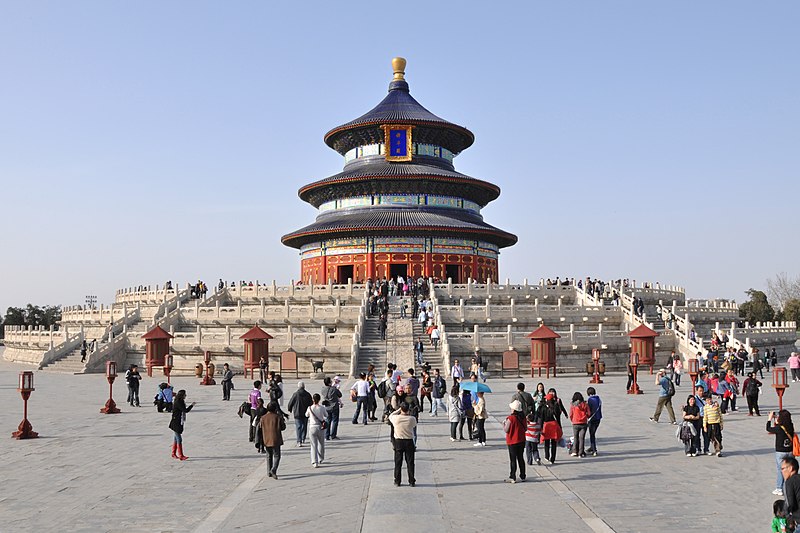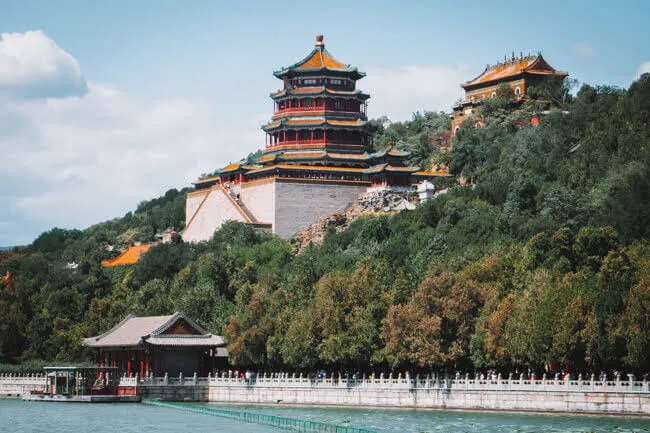Potala Palace in Lhasa
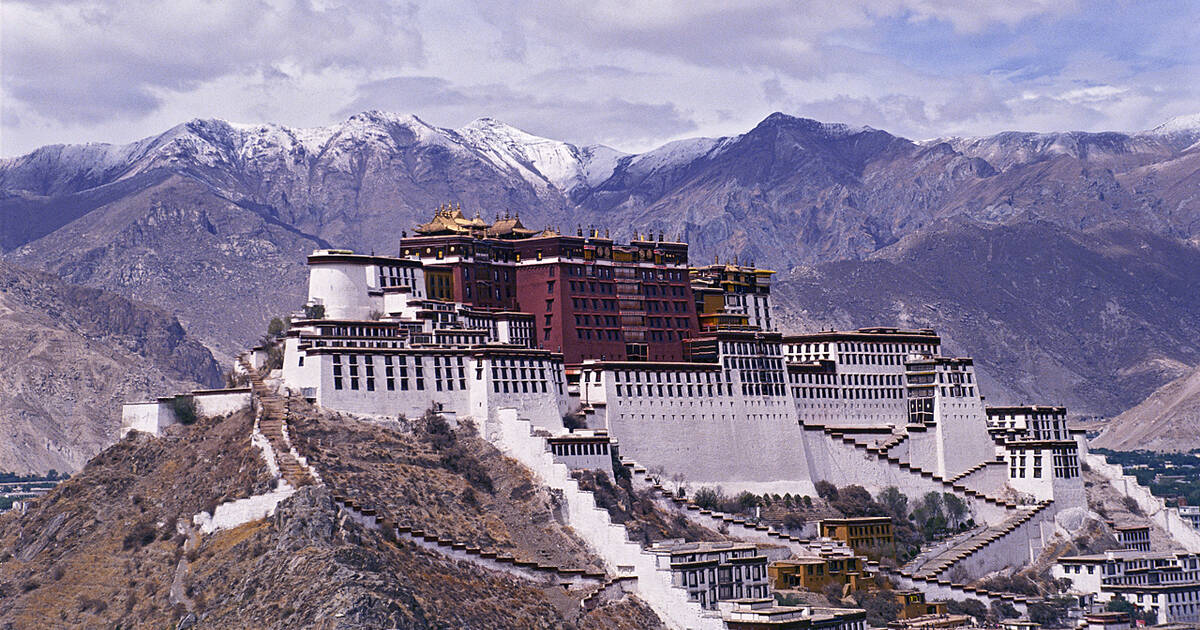
Potala Palace in Lhasa
The Potala Palace is one of the most significant landmarks in Tibet, located in its capital city, Lhasa. This grandiose structure is not only a marvel of architectural ingenuity but also a sacred site of immense cultural and religious importance. In this article, we’ll delve into the historical significance, architectural grandeur, spiritual relevance, and the modern-day appeal of the Potala Palace.
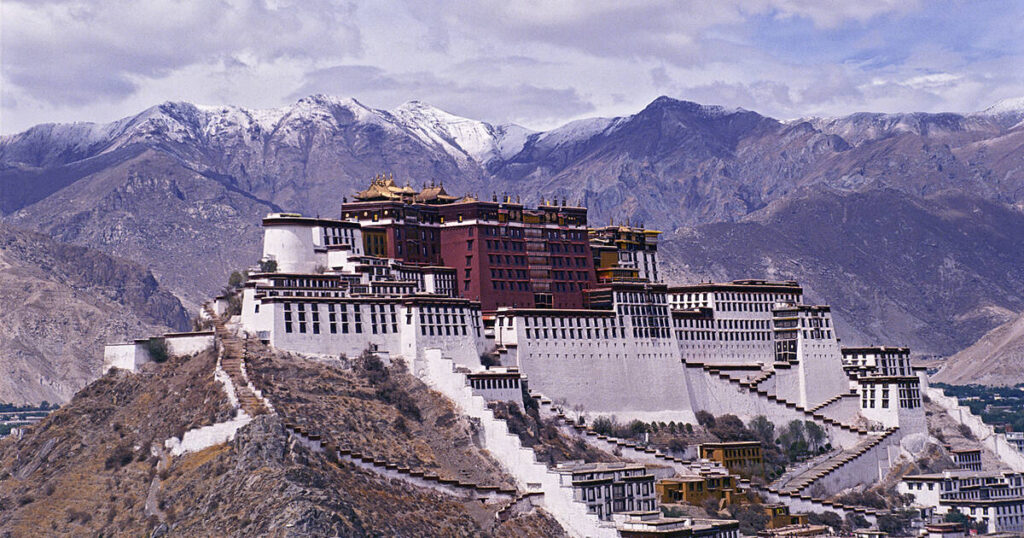
Historical Significance (Potala Palace)
The Potala Palace has a history that stretches back over a thousand years. Originally, it was constructed during the 7th century by King Songtsen Gampo, who united Tibet. The original palace was considerably smaller than the current structure, and most of it was destroyed during subsequent conflicts and periods of turmoil.
The Potala Palace as it is known today was reconstructed in the 17th century under the auspices of the 5th Dalai Lama. It served as the winter palace of the Dalai Lamas until the 14th Dalai Lama fled to India during the 1959 Tibetan uprising. As both a fort and a monastery, the Potala Palace has been the center of Tibetan governance and spirituality for centuries.
The 7th Century and King Songtsen Gampo
King Songtsen Gampo is perhaps one of Tibet’s most renowned rulers. Not only did he unite Tibet, but he also fostered Buddhism’s spread in the region by marrying Princess Wencheng of the Tang Dynasty and Princess Bhrikuti of Nepal, who were both distinguished Buddhist figures. These alliances through marriage were instrumental in introducing Buddhist culture to Tibet, laying the foundation for the construction of the first Potala Palace.
The 17th Century Reconstruction
The Potala Palace as it stands today owes its grandeur to the 5th Dalai Lama, Ngawang Lobsang Gyatso. His ambitious reconstruction project began in 1645 and utilized thousands of workers and artisans. The construction took over 50 years to complete, resulting in the architecturally striking and spiritually resonant structure we see today.
Architectural Grandeur
The Potala Palace is an architectural masterpiece, showcasing a unique blend of Han Chinese and Tibetan architectural styles. It is composed of the White Palace, Red Palace, and numerous ancillary buildings, all perched over the Red Mountain in the heart of Lhasa, offering an awe-inspiring view of the surrounding landscape.
The White Palace (Potala Palace)
The White Palace serves as the administrative and living quarters of the Dalai Lamas. It is characterized by whitewashed walls—symbolizing peace and quietude—and contains living quarters, offices, the seminary, and the traditional meeting hall known as the “Great East Hall.”
The Great East Hall is especially notable for its murals that depict significant episodes in Tibetan history, including the construction of the Potala Palace itself and prominent figures in Tibetan Buddhism.
The Red Palace
The Red Palace is the spiritual nucleus of the Potala, devoted primarily to religious study and prayer. Its halls and chapels house numerous shrines, scripture rooms, and stupas—intricately designed structures that serve as relics of the Dalai Lamas. The most famous of these is the tomb of the 5th Dalai Lama, which is richly adorned with gold and precious stones.
The Red Palace also houses the sacred Chapel of the Victory Banner, the Phakpa Lhakhang Chapel, and the Dharma Hall, which is used for religious ceremonies and the examination of Buddhist scriptures.
Ingenious Engineering
One cannot overlook the engineering marvel that is the Potala Palace. Constructed primarily from wood, stone, and earth, it stands resilient in an earthquake-prone region. Despite its massiveness—over 13 stories high and encompassing more than 1,000 rooms—the structure has remained remarkably well-preserved.
Spiritual Relevance
The Potala Palace is much more than a UNESCO World Heritage Site or a popular tourist attraction; it is a spiritual haven for Tibetan Buddhists. The palace is a symbol of Tibet’s spiritual legacy, serving as a vast repository of Buddhist artifacts, scriptures, and statues.
Buddhist Artifacts
The Potala Palace houses hundreds of thousands of Buddhist sculptures, murals, and manuscripts. These artifacts are invaluable not just for their artistic quality but also for their religious significance. They narrate tales from the life of Buddha, the Bodhisattvas, and significant figures in the history of Tibetan Buddhism.
Sacred Pilgrimage
For many Tibetan Buddhists, a pilgrimage to the Potala Palace is a once-in-a-lifetime spiritual journey. Walking around the palace in the traditional form of meditation, known as “kora,” pilgrims chant mantras and turn prayer wheels, seeking blessings and spiritual accumulation.
Religious Events
Throughout the year, Potala Palace hosts numerous religious ceremonies and festivals, further solidifying its role as a central hub of spiritual activity in Tibet. The most notable of these is the “Great Prayer Festival,” which sees monks and devotees from all over Tibet gather in Lhasa for several days of intensive prayer and religious teachings.
Modern-Day Appeal
In addition to its historical and spiritual significance, the Potala Palace today is a key destination for global travelers. Modern-day visitors come for a variety of reasons, whether to explore its intricate architecture, learn about its rich history, or experience its spiritual ambiance.
Tourist Attraction
Given its towering stature and intricate design, the Potala Palace is a must-visit site for tourists in Lhasa. The palace offers guided tours that take visitors through its many halls, chapels, and rooms, providing a glimpse into centuries of Tibetan history and culture.
Conservation Efforts
As a UNESCO World Heritage Site, the Potala Palace is subject to extensive conservation efforts to ensure its preservation for future generations. Stringent measures are in place to safeguard its architectural integrity and spiritual ambiance, including limits on daily visitor numbers and ongoing restoration projects.
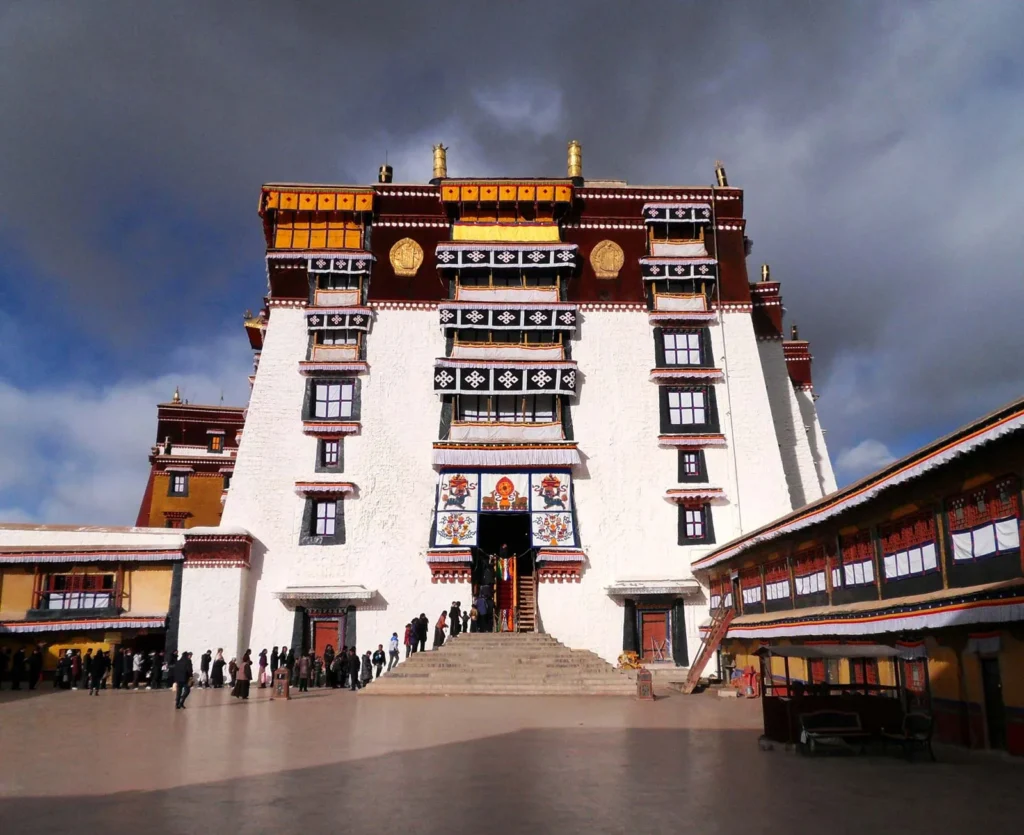
Cultural Exchange
The Potala Palace serves as a crucial venue for cultural exchange, attracting scholars, historians, and tourists alike. It offers a unique window into Tibet’s historical, cultural, and spiritual heritage, fostering greater understanding and appreciation among global audiences.
Conclusion
The Potala Palace is not merely an architectural masterpiece but a living testament to Tibet’s rich history and spiritual heritage. Whether you are a historian, an architecture enthusiast, or a spiritual seeker, the Potala Palace offers an unparalleled experience that resonates on multiple levels. Its towering walls, intricate designs, and serene ambiance make it a timeless monument that continues to captivate the hearts and minds of people from around the world.


